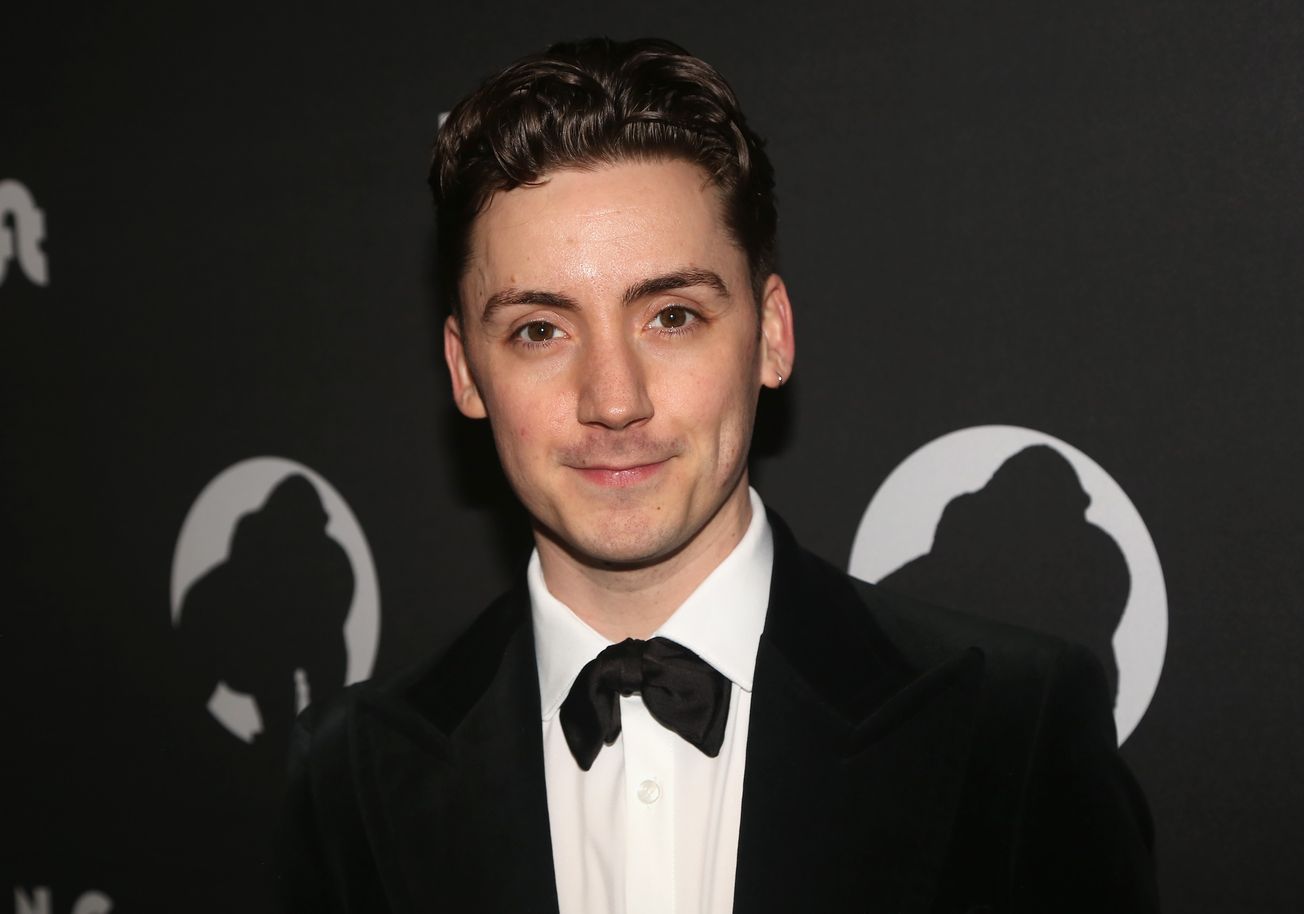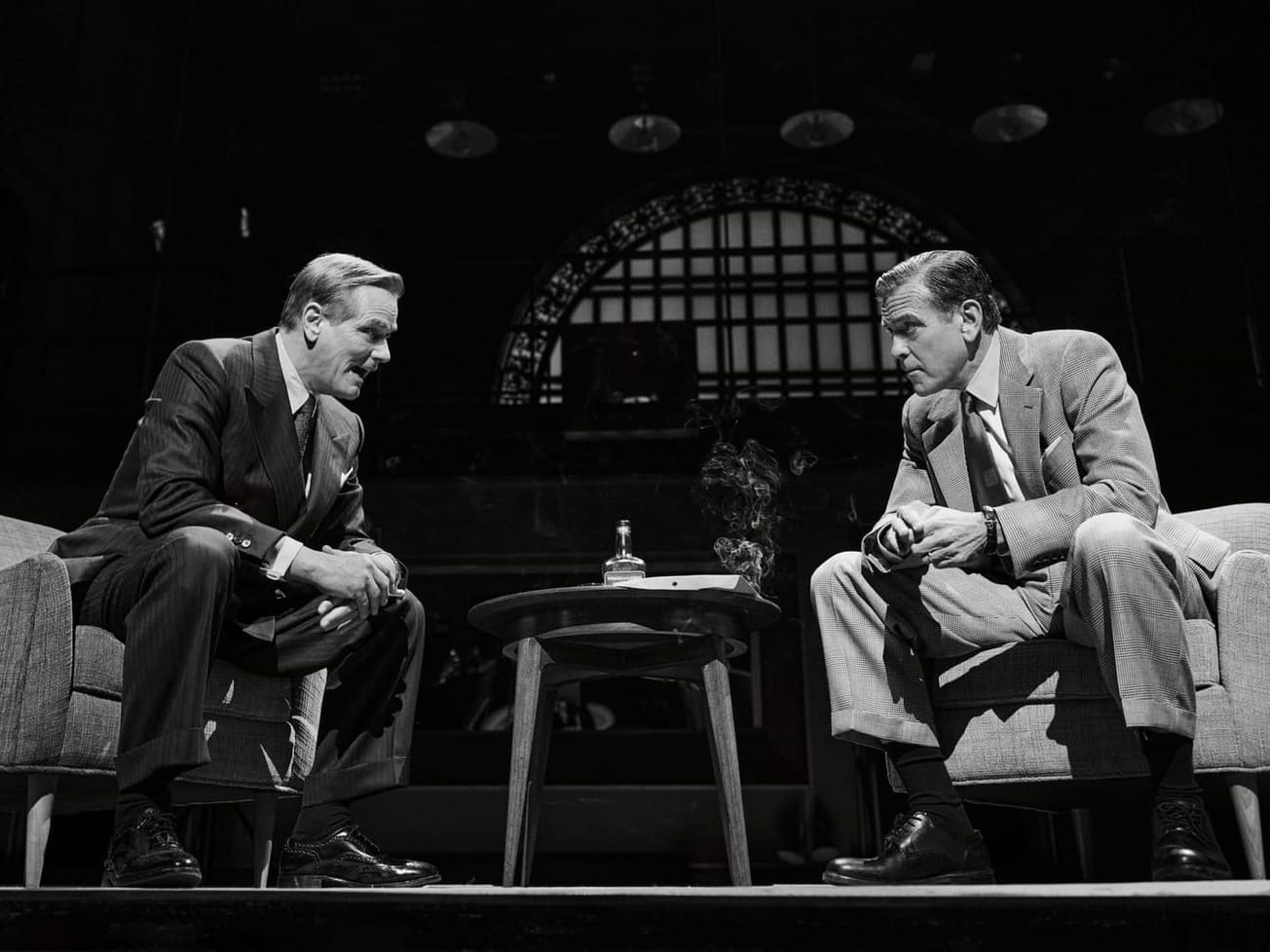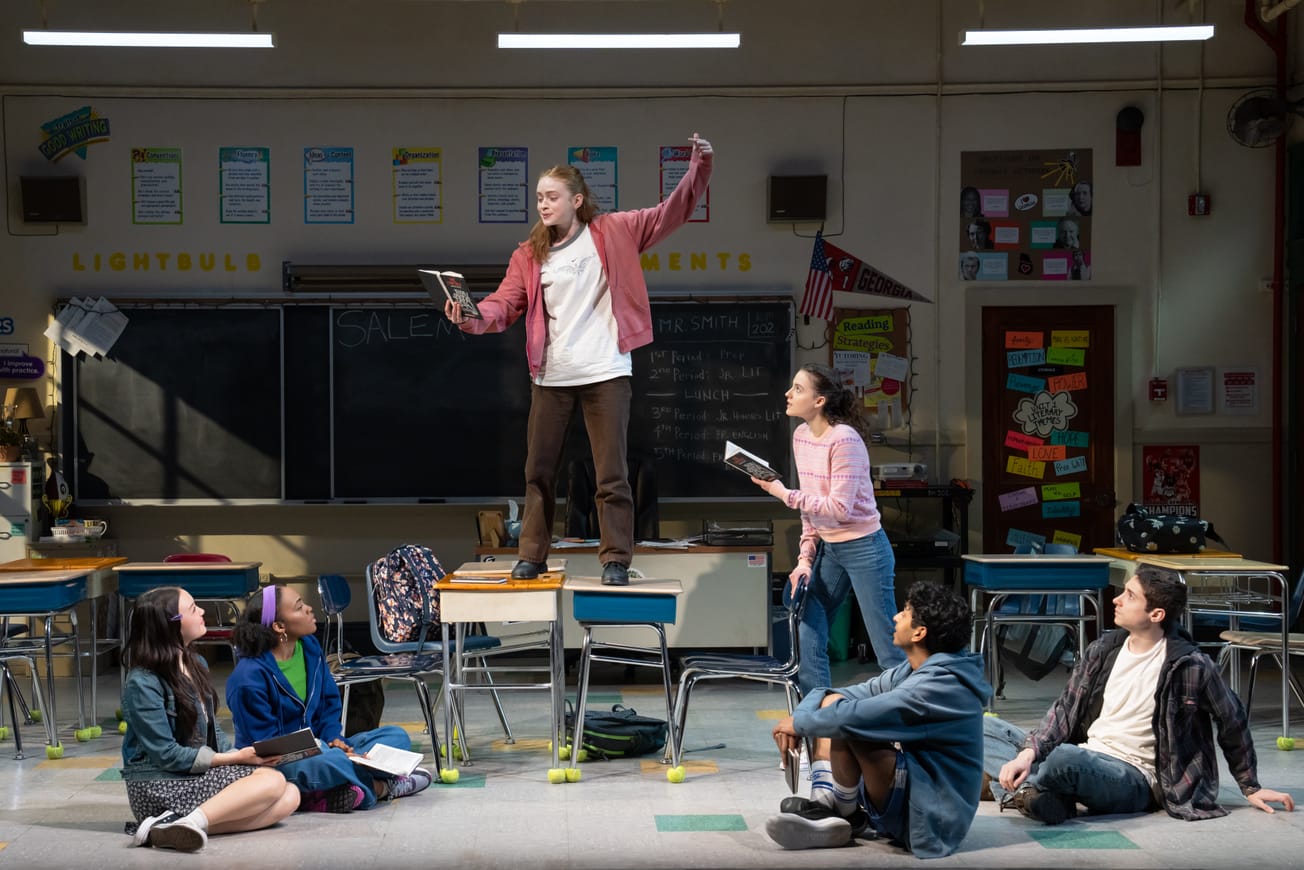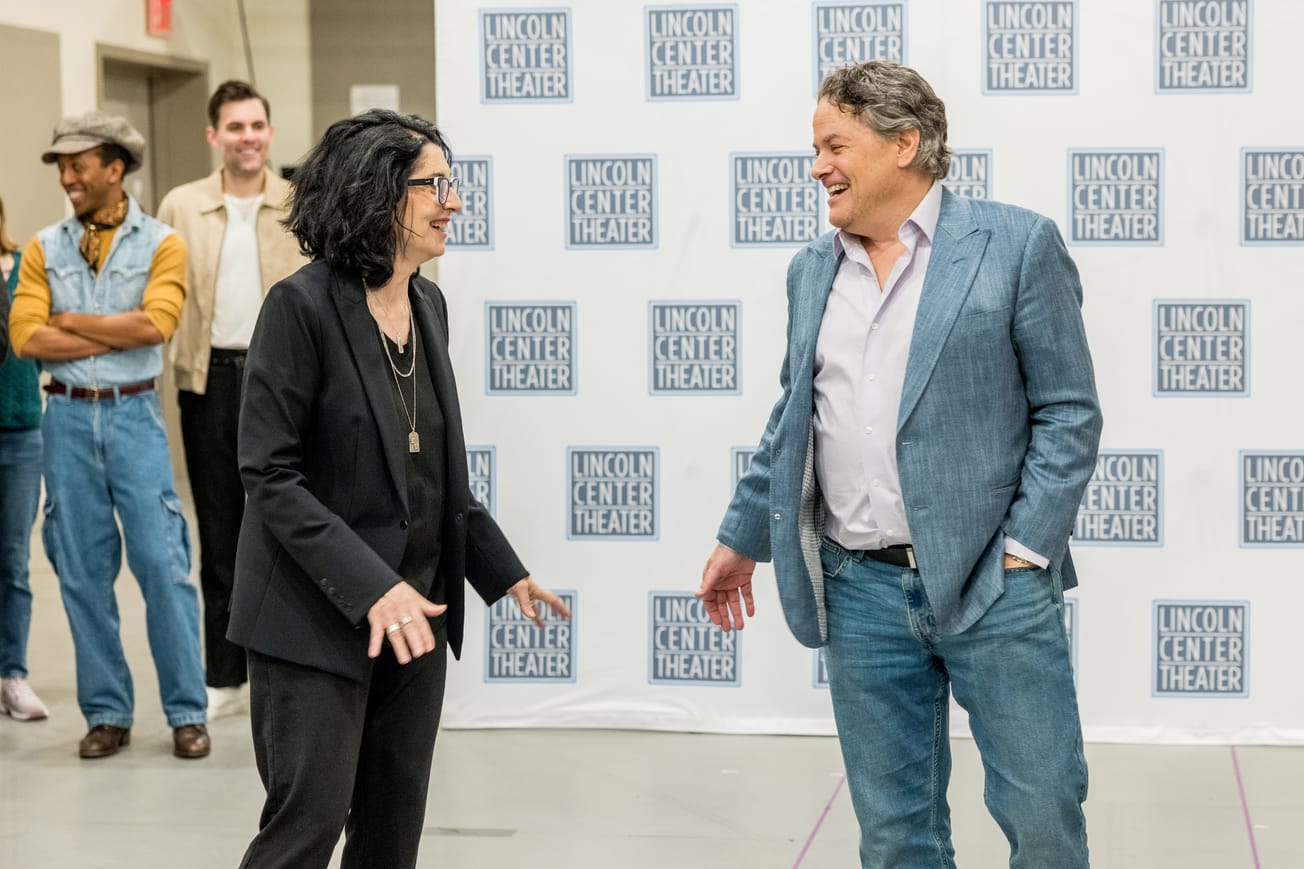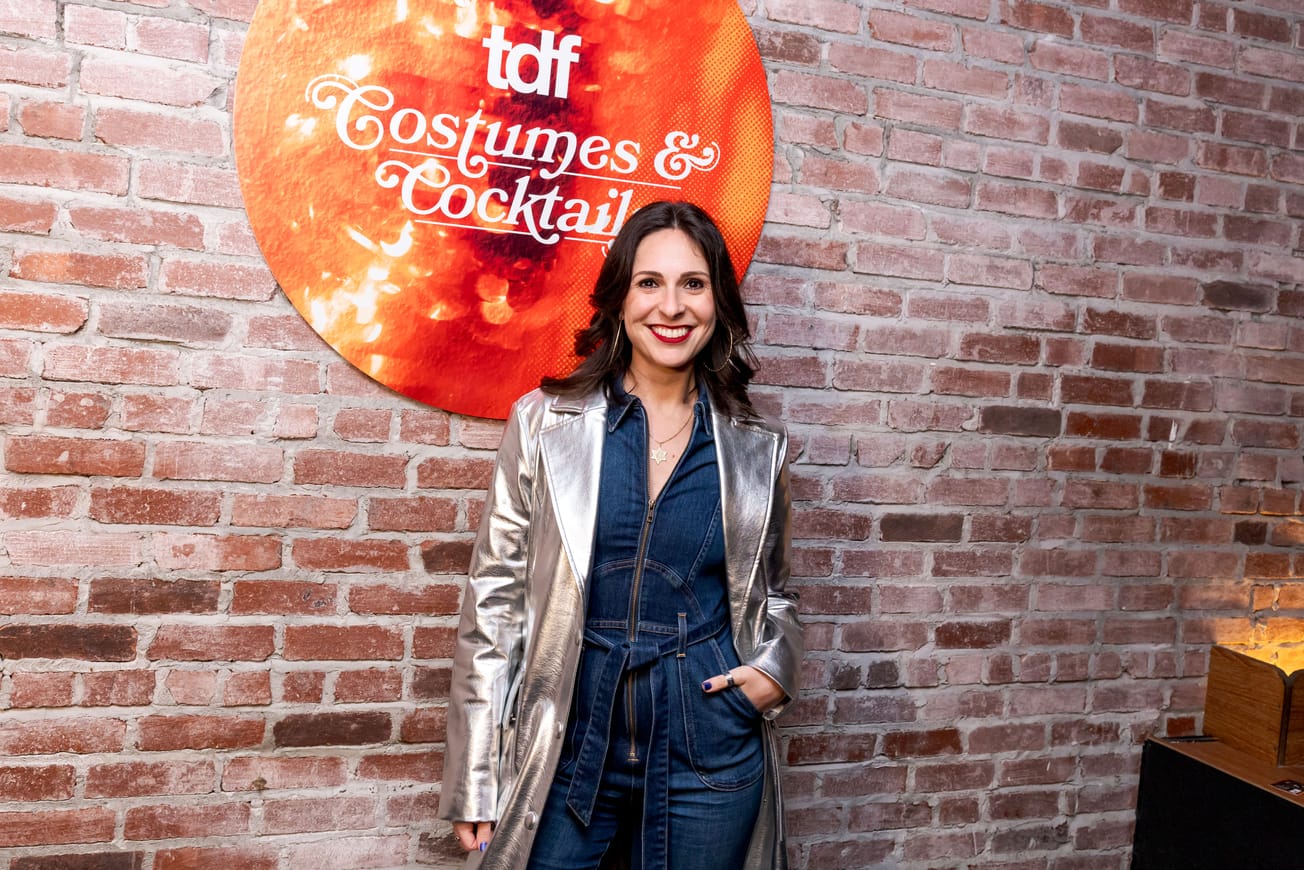“We tamed the beast—you and I—we brought him to this city,” crows Carl Denham, the filmmaker and impresario in the new Broadway musical “King Kong.” The production’s beast tamer, as it were, is 33-year-old English choreographer-director Drew McOnie. In his Broadway debut, McOnie has been charged with steering one of the season’s biggest financial and logistical risks into port: a $35 million spectacle about a giant gorilla and the starlet he (it?) loves. The reason he was chosen? He saw a way to soothe the beast with dance.
The question is whether the twinkle-toed gorilla will win over audiences as well.
“King Kong” is one of four ambitious stage musicals being rolled out across three continents by the Sydney-based producer “Global Creatures,” the outfit behind the hugely popular animatronic attraction “Walking With Dinosaurs.” Other titles in the pipeline include “Muriel’s Wedding,” opening next year in Australia; “Moulin Rouge!,” which just announced plans to come to Broadway next season; and “Strictly Ballroom,” panned by London critics, which closed October 27 at the Piccadilly Theatre.
The latter project brought McOnie face-to-face with Kong. Global Creatures producer Carmen Pavlovic had tapped the fast-rising choreographer-director to helm the stage version of Baz Luhrmann’s 1992 film—which obviously requires dance acumen.
“‘Strictly Ballroom’ had a similar production challenge to ‘King Kong,’” McOnie said. “There had also been a previous production in Australia, and the show was undergoing a redevelopment.” Indeed, the 2013 world premiere of ‘King Kong’ in Melbourne got high marks for the 20-foot-high puppet, but hisses for Craig Lucas’s book and overall confused, crass storytelling.
While rehearsing ‘Strictly Ballroom’ and chatting with Pavlovic, McOnie marveled at “King Kong’s” inherent paradox: a leading man who can’t dance or sing. But the gorilla and his captive, film actress Ann Darrow, must have chemistry. “The way these two creatures interact with each other is through body language, physical symbols,” McOnie says. “And I thought, wouldn’t it be exciting to portray that relationship through choreographic language? You’d understand it even if you don’t speak English.” Clearly Pavlovic’s ears perked up.
McOnie’s bio reads a bit like “Billy Elliot” (minus the miners’ strike and angry dad): boy in small-town England who doesn’t fit in, finds joy in movement, is encouraged by a dance teacher and eventually gigs for British choreographer Matthew Bourne. In 2016, McOnie won the Olivier Award for choreography for the London production of “In the Heights.” His CV is a mix of classic fare— “Oklahoma!” and “Chicago”—and original work, such as his own dance-theater adaptation of “Jekyll & Hyde.”
But how does one prepare for the mélange of dance, video installation and special effects of “King Kong?” “I was nervous initially: How do you give notes to a 20-foot-tall gorilla?” McOnie confesses, half-jokingly. “But my fears were put to rest when I started working with him. He has the emotional capacity of a human actor, in terms of how he’s able to act and interact with his leading lady. It’s very fluid and very freeing.”
Although Kong is a computerized puppet controlled by a squad of on-deck manipulators and motion-capture performers and voice artists in a remote booth, McOnie called upon his dance training once again to help translate abstract movement into drama. “I’m used to standing before a room of 40 dancers and getting them to come together to translate a single idea,” he says. “I have to use that part of my brain, since it’s 14 people who animate Kong at any moment, to make him more gentle, or more inquisitive, or more ferocious. And of course Gavin Robins, the movement director, translates my notes to the team so they can execute it.”
There’s a great deal of storytelling told through normal dance (to a mix of pop-flavored songs by Eddie Perfect and movie-like scoring by Marius de Vries). The ensemble does a fair amount of heavy lifting in terms of evoking the streets of Depression-era New York City, or the deck of the S.S. Wanderer, even animating sentient jungle foliage on Skull Island. “I’m a very physical creator,” McOnie explains. “The physical vocabulary that you see in the show reflects the kind of dance I like making.”
Dance also handily fills out the Broadway Theatre stage, since set pieces are limited by the footage taken up by the Kong. “We can’t store him in the wings; he’s often suspended above the stage,” the director says. “Since we need a lot of room around him—so the operators can move freely—we are afforded this quite ambitious, almost concert-style open space. And that lends itself so well to dance.”
Apart from the movement, the gee-whiz techno flash of the gorilla and CG videos (designed by Peter England) enhancing the set, the creative team was hoping that a fresh, feminist tone, translated through a revised book written by Jack Thorne, would appeal to both audiences and critics alike.
But it was not to be with the critics, who, again, largely panned the show, though praised the puppet, following “King Kong’s” opening on Nov. 8.
And the audience reaction remains to be seen. In the week of the opening, which included comped press performances and opening night, the show grossed $915,800, an increase of $240,000 from the previous week. But “King Kong” is up against its $30 million-plus capitalization, and will need enthusiastic ticket buyers to fill the Broadway Theatre to its weekly coffer of $1.5 million.
Though the show would not comment on the reviews, in his interview pre-opening, McOnie felt that “King Kong” would be able to find its audience.
“The reason that audiences and box office are growing year to year is that theater affords something that no online or social media platform does: the shared experience of humans coming together to watch other humans do extraordinary things,” he said.
Of course, it’s not just humans on display—they’re getting some key support form a half-robotic ape and plenty of digital eye candy. But the show is betting that there’s something for everyone.


















































